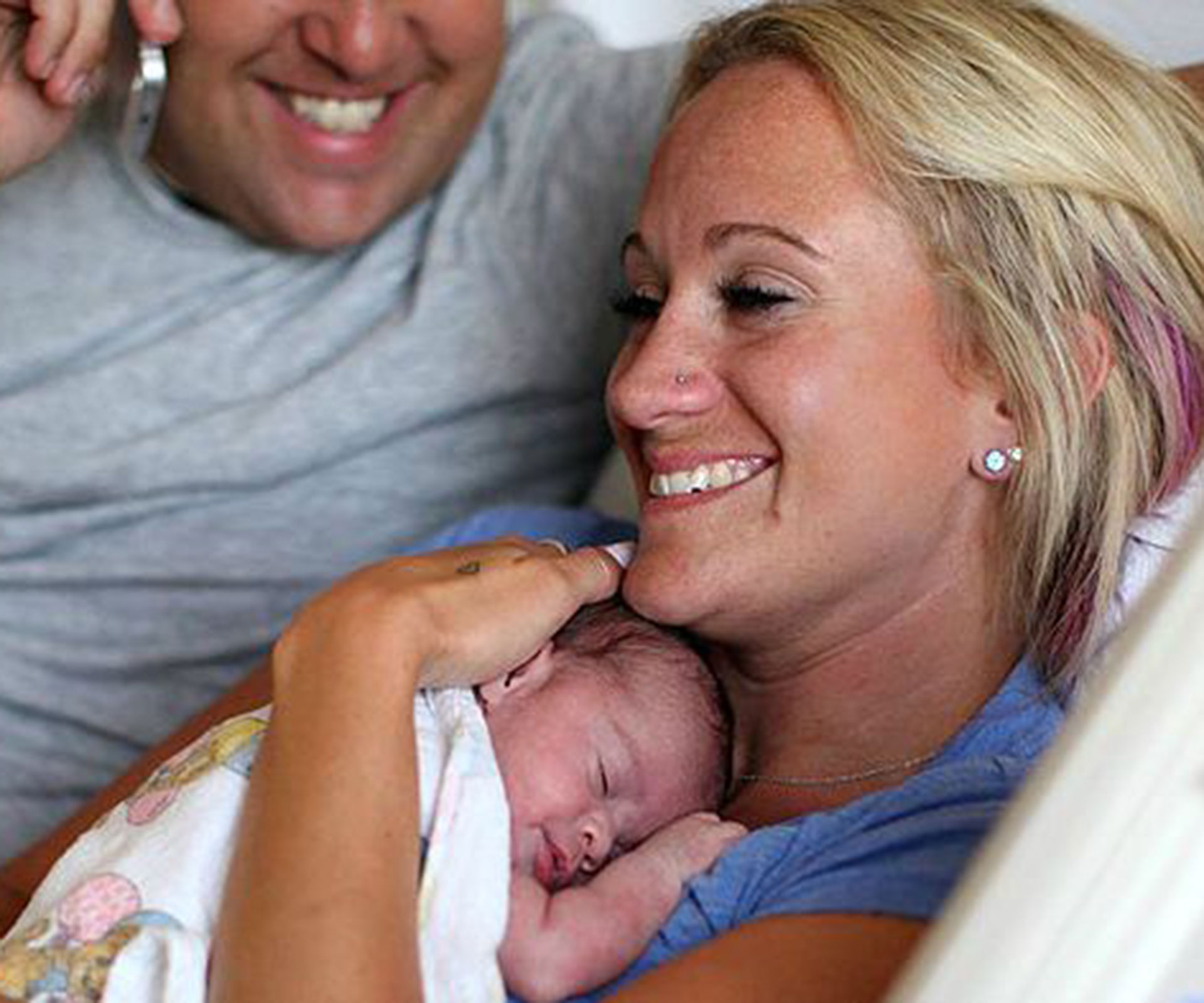Sue Brierley, 66, from Hobart, Tas shares her story:
Nervous energy filled the air as we milled in front of the arrivals gate.
“I’m so excited,” I beamed to my husband, John.
When flight QF10 landed, the crowd let out a cheer.
This wasn’t just any normal airport pick-up.
We were among a group of people about to meet their adopted children for the first time.
Six months earlier, we received a call that our 16-year wait was finally over.
A six-year-old boy called Saroo, from India, had been separated from his family and was available for adoption.
“Of course we want him,” I squealed, and started the paperwork right away.
The agency gave us a tiny passport picture of our little boy, and I cherished it as we waited to meet him.
The moment I spotted Saroo, time stood still.
“My son,” I whispered as my eyes welled with tears. “I’m your mum.”
While Saroo’s English was patchy, we communicated using hands and expressions.
In the taxi back to the hotel, he held both mine and John’s hands, melting my heart.
Days later, we made the journey from Melbourne back to our home in Tasmania to get Saroo settled.
As weeks turned to months, his English started to improve with regular tutoring lessons.
In time, I learned more about his life in India. He told us how he had two brothers and a sister.
His home had a dirt floor and no electricity.
He said his oldest brother, Guddu, took Saroo on a train, and when he woke up after a long time, Guddu was gone.
That’s how he ended up in Howrah, Kolkata, where he was placed in state care.
It was so sad to hear.
It seemed as if some terrible mishap had happened when Saroo was separated from Guddu.
Whenever he told me something new, I wrote it down in a diary.
This might be important one day, I thought.

John, Saroo and I.
(Image: Supplied)A few years later, wanting to give Saroo a sibling, we adopted again from the same orphanage in India.
When Mantosh, around nine, arrived, I was just as excited as the first time.
But the experience was very different.
Mantosh had clearly been abused.
His hands still had scabs from cigarette burns.
What’s more, the atrocities he experienced in the orphanages had left even more scars on him mentally, and I feared he was suffering with post-traumatic stress.
His bouts of anger and frequent breakdowns were heartbreaking but we loved him nonetheless.
Over the years, I asked the boys if they’d like to visit India and learn about their lives before coming to Australia.
“It’s okay, Mum,” they’d say.
Years later, when the boys were old enough, they worked in our family business.
One day, John came home from work with some news.
“Saroo has done something remarkable,” he started, explaining that for the past five years, Saroo had been playing detective to find his home village.
Using my notes and the information we had about the first few years of his life, he’d managed to track down his village and birth place using Google Maps.
I was stunned. I had no idea this had preoccupied so much of his time, but I was so happy he’d solved the mystery.
Later, he showed us his process.
The satellite images matched my diary entries of Saroo’s descriptions.
“I’m going to find my family,” he told us.
“We’ll come too,” I offered.
“This is something I need to do alone,” he insisted.

John and I with Saroo as an adult
(Image: Supplied)I was excited for Saroo as John and I waved him goodbye at the airport.
Weeks passed, and we were in agony waiting for news of his trip.
In the early hours of the morning, I heard my phone ping with a text.
Hi Mum and Dad, the questions I wanted answered have been answered, Saroo wrote.
He’d met his birth mother and siblings.
I knew our lives had changed forever in that moment.
I shook John awake to tell him the news and we shed happy tears together.
When Saroo returned to us, he had a faraway look in his eyes.
He’d learned his brother Guddu had been hit by a train the night they were separated.
My heart sank.
Soon, the media caught wind of the story and we were inundated with calls from across the world.
Saroo even wrote a book called A Long Way Home.
The next year, 60 Minutes took us to India, where I met Saroo’s birth mother, as part of a documentary.
It was a dream come true to hug her.
I’d been waiting for this moment ever since I adopted Saroo.
When a production company approached us wanting to make a film about our lives, I was stunned.
“Who would you like to play you?” the producer asked me.
“It’s gotta be Nicole Kidman,” I joked.
I couldn’t believe it when she saw the script and wanted the role!

Meeting Nicole Kidman was amazing
(Image: Getty)Meeting Nicole was amazing. She was such a beautiful person, and generous with her time.
The film, Lion, had an incredible reception around the world, and was even nominated for six Academy Awards.
After, there was even more interest in the story, and people wanted to learn more about our family.
When Saroo asked me if I would write a book about my own story, I agreed.
It was difficult looking back on the past at times, but I hope in reading my story, people will consider their own impact on the world.
Sue’s book, Lioness, is out now.

